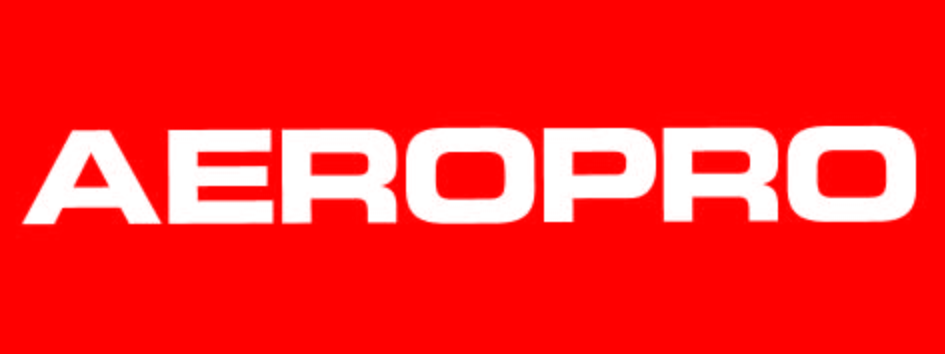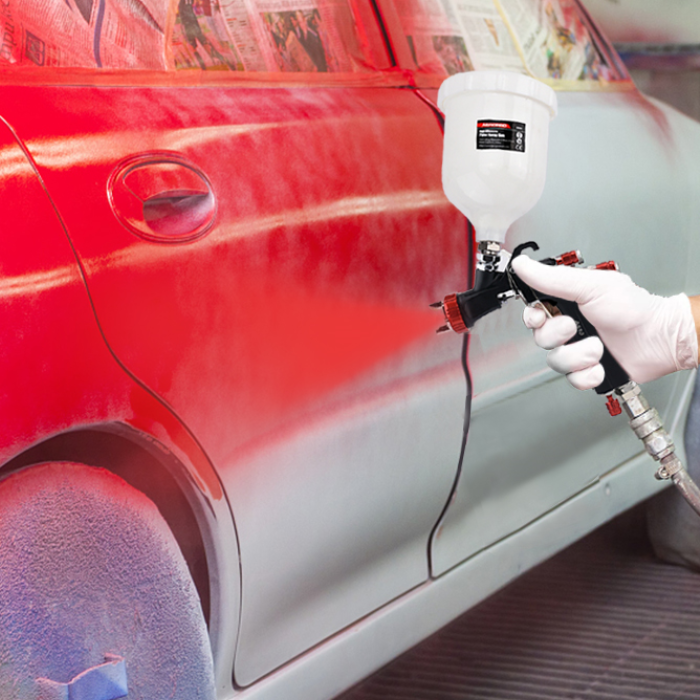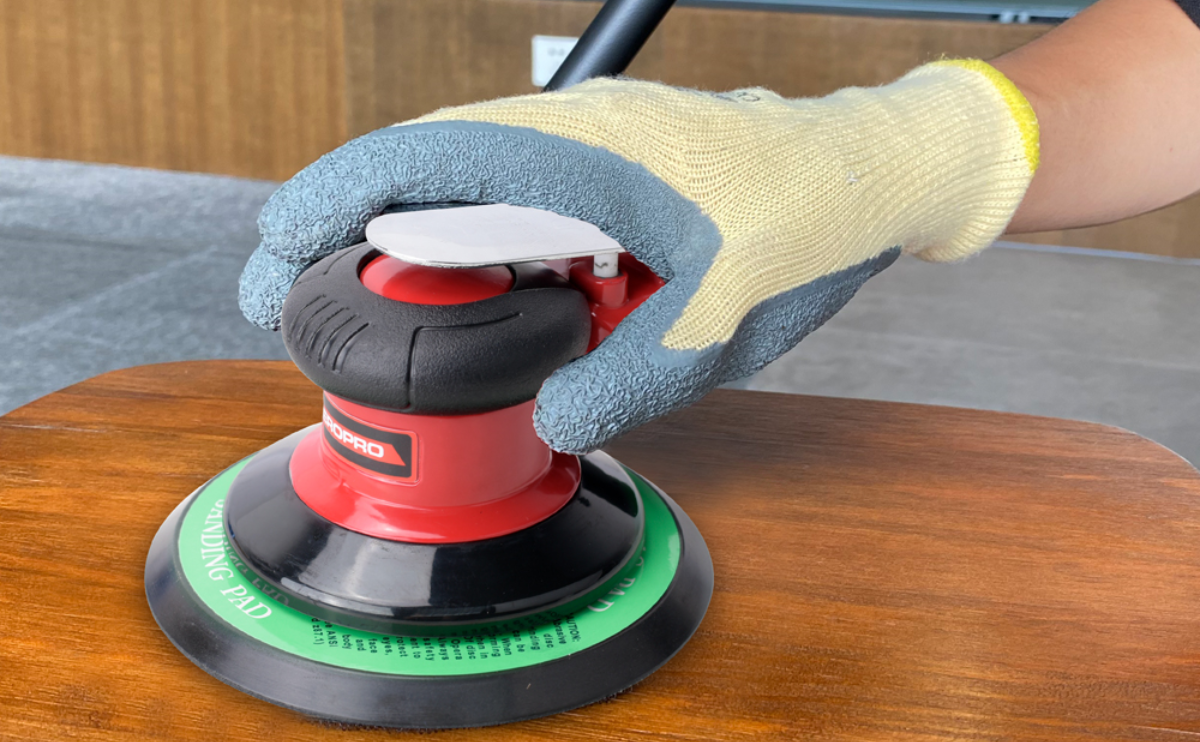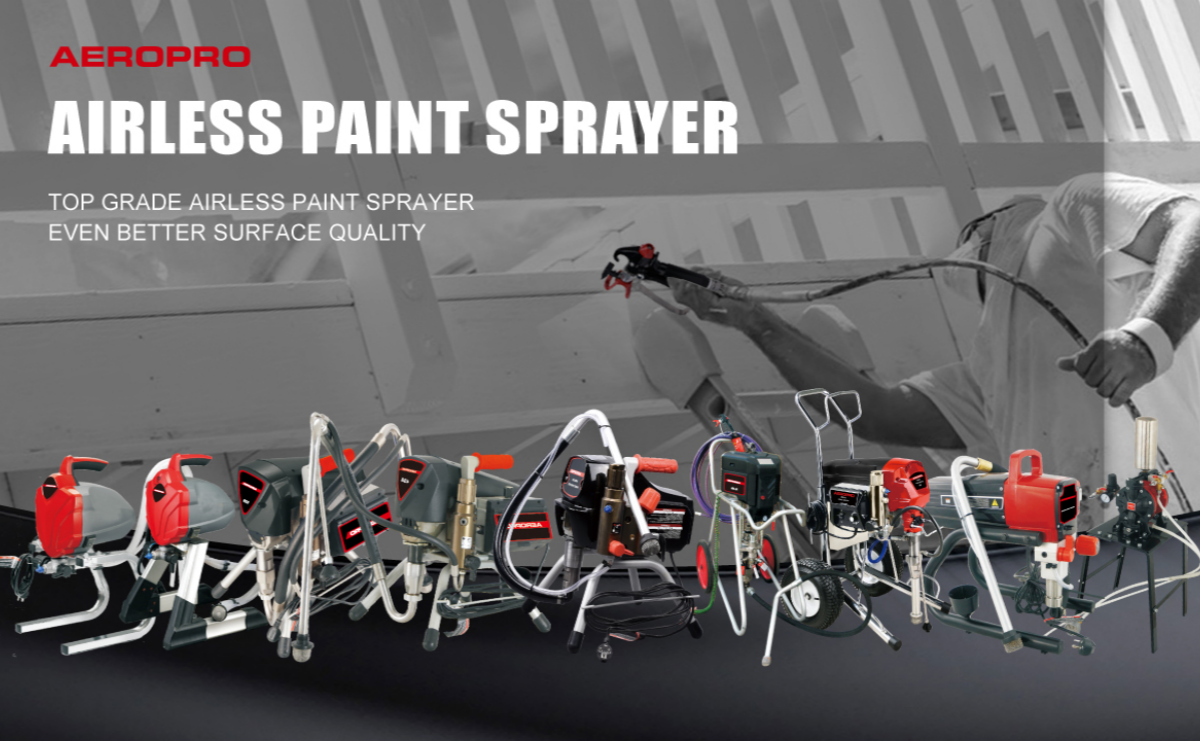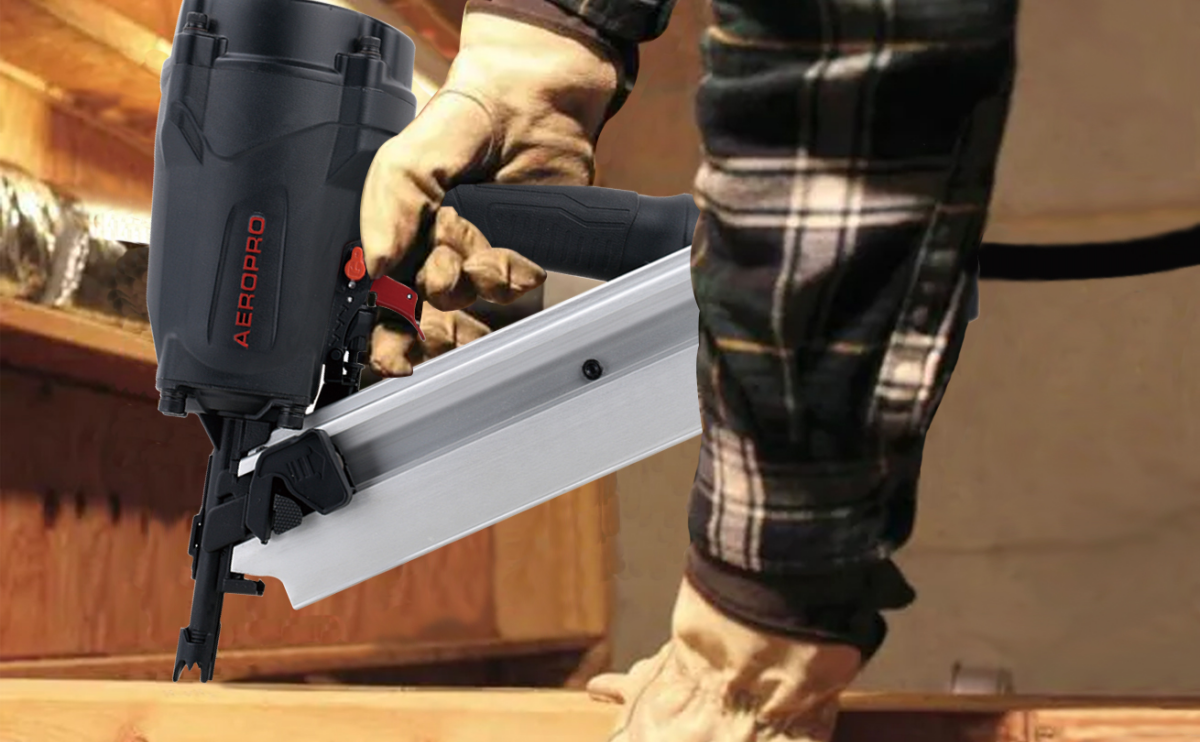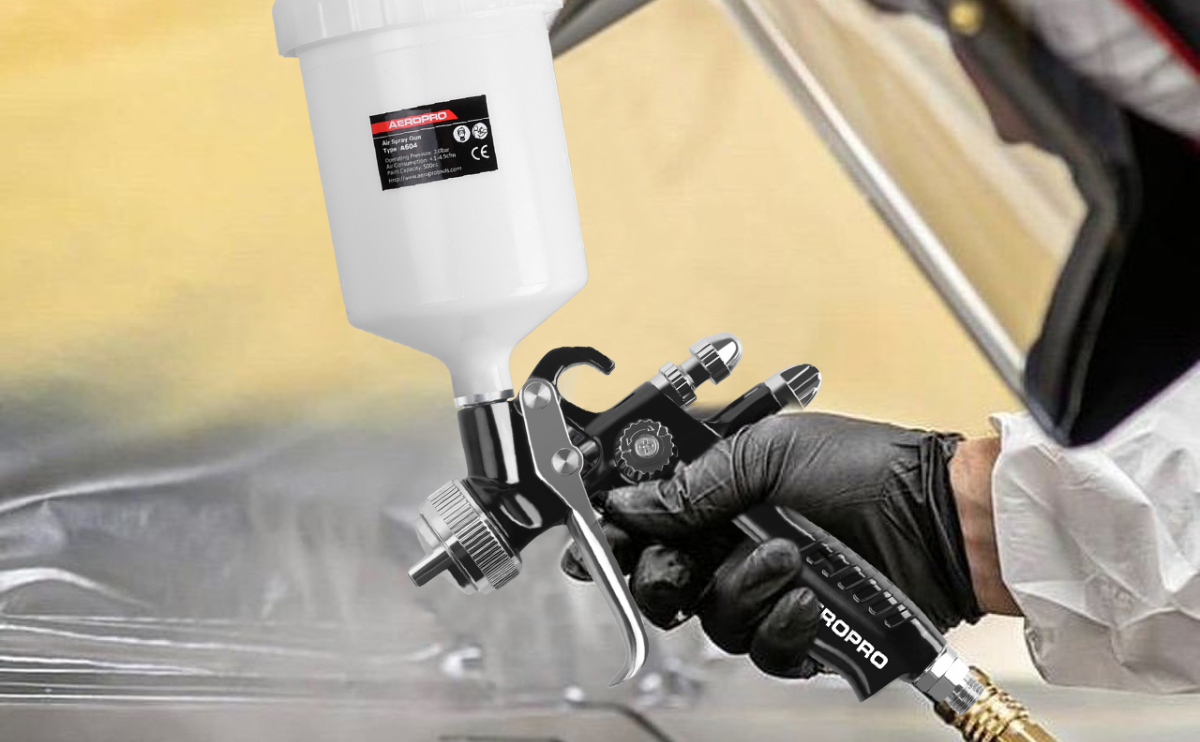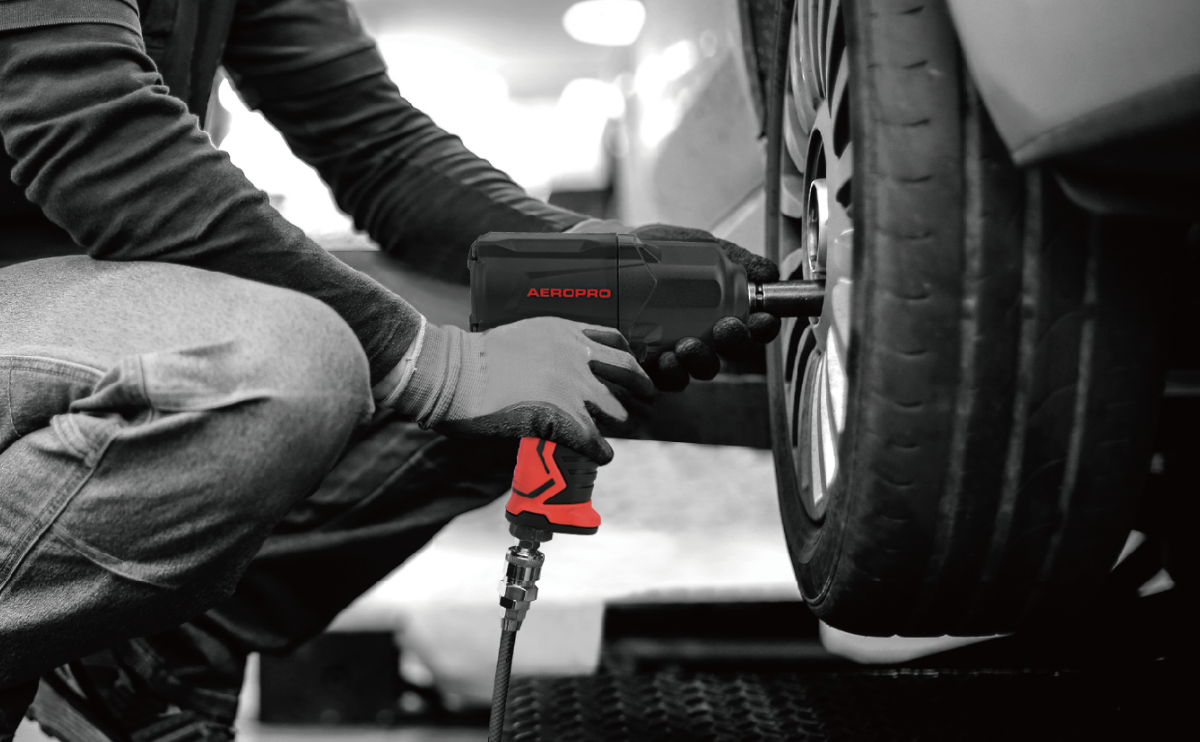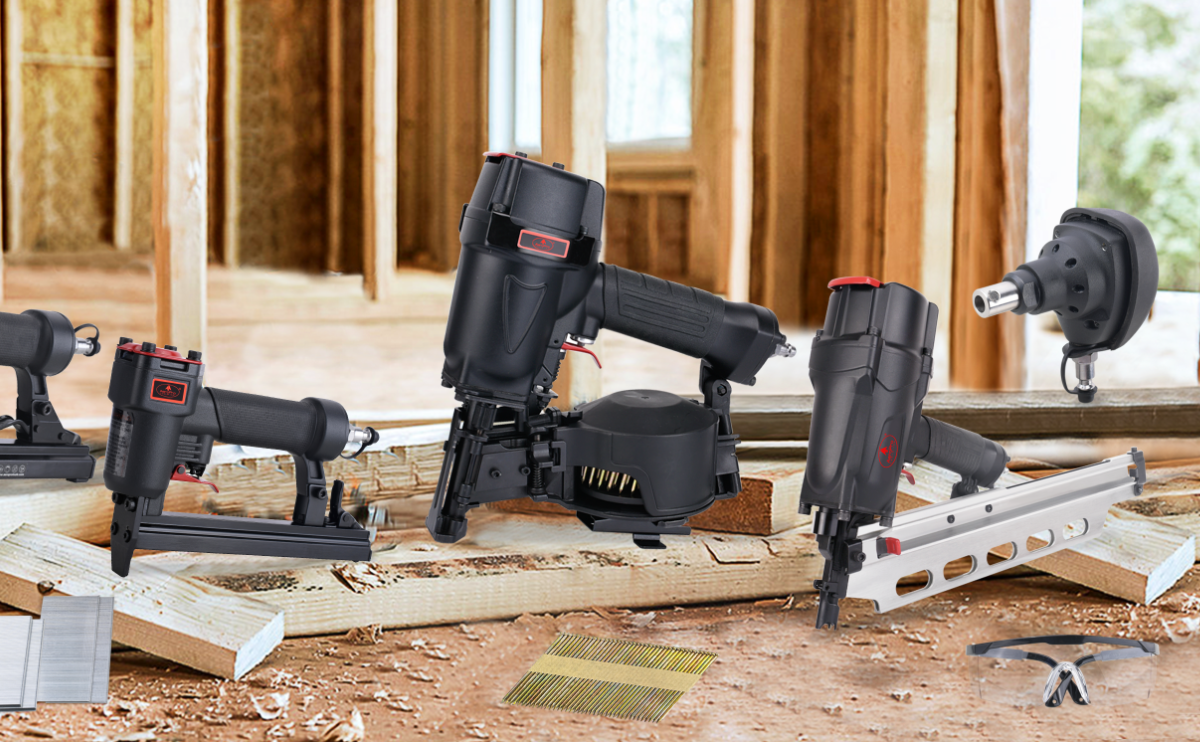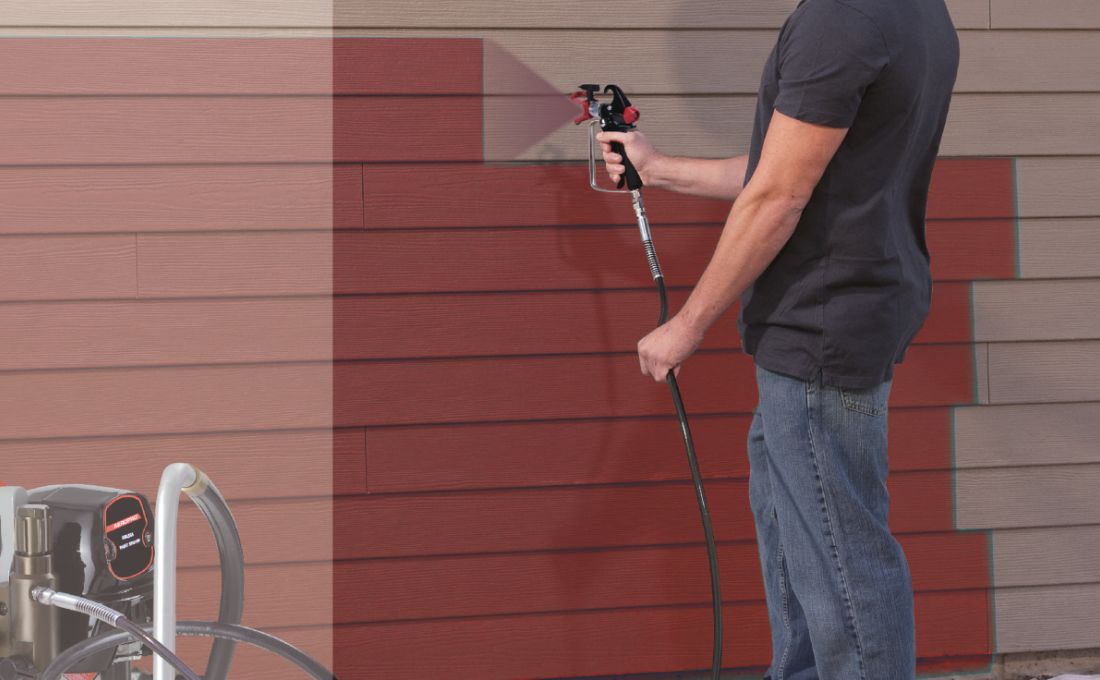Using a spray gun allows you to evenly apply paint, coating, stain, or other finishes quickly and efficiently. However Inconsistent thickness means you may be wasting coatings and therefore wasting money. By using these simple techniques, you can reduce waste and save cost when using a spray gun for your painting.
Spray guns come with removable nozzles in different sizes that control the width of the spray pattern. Using a nozzle that is too large will release more material than needed. Select the applicable nozzle that will still allow you to efficiently coat the surface you are spraying. This will prevent overspray and limit wasted material.
Most spray guns have a control to adjust the amount of fluid being released with each trigger pull. Start with a lower fluid output setting and test on cardboard. Increase the fluid output gradually until you achieve sufficient coverage with minimal passes. Running the spray gun too “wet” will lead to drips and runs.
Each spray pass should overlap 50% to 75% of the previous pass. Overlapping below 50% results in “striping,” or variations in the film thickness. The more you increase the overlap, the thicker the coating, so overlapping above 75% requires more spray passes and more coating.
Operating at the ideal pressure for the coating and tip being sprayed optimizes atomization. Too low pressure causes poor breakup and overuse of material. Excessive pressure creates wasted overspray. When applying the first mist coat or very thin coats, use the lowest spray gun pressure that still atomizes the paint or finish. Lower pressure outputs less material per pass. You can increase pressure for subsequent coats after the initial coverage is achieved.
Each coating and tip combination requires an ideal spray distance from the work surface for proper coverage. Too close causes runs and build up. Too far reduces transfer efficiency, so put in the right distance for your setup and Maintain controlled gun angle to the part. Yaw and pitch spray angles will result in a non-uniform spray pattern, leads to excess waste.
Remember, try to practice more. Use smooth, steady, consistent arm motions when spraying. Sudden stops or acceleration cause drips and thin spots. Practice your technique on scrap materials until you achieve a consistent coating thickness.
